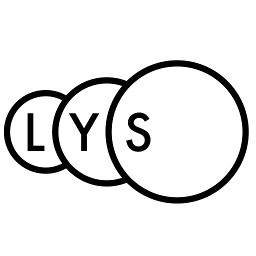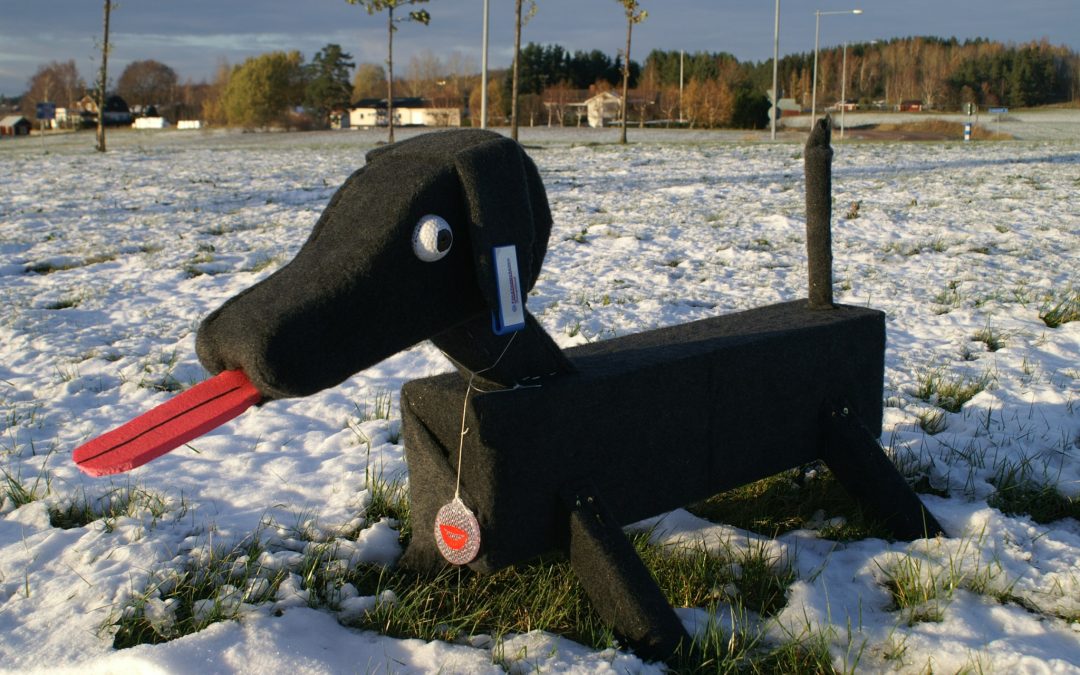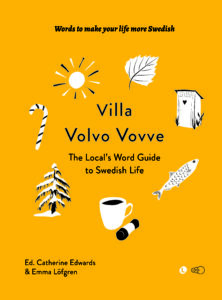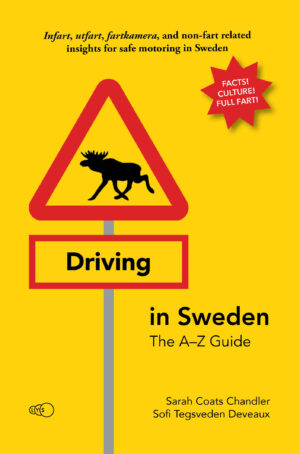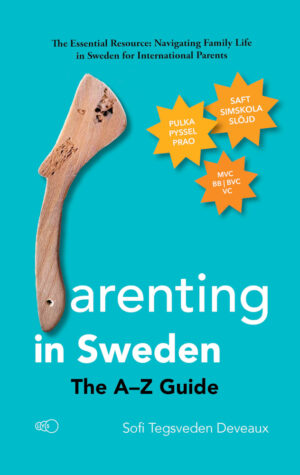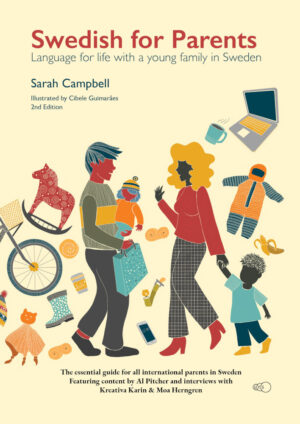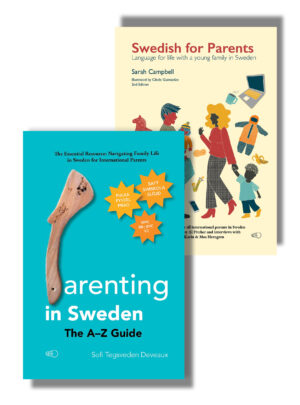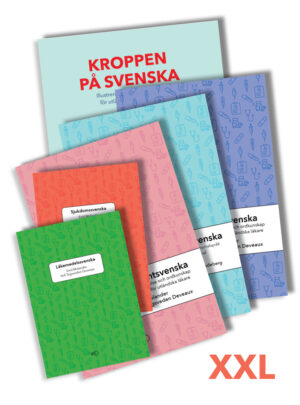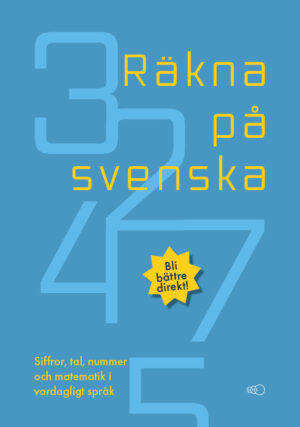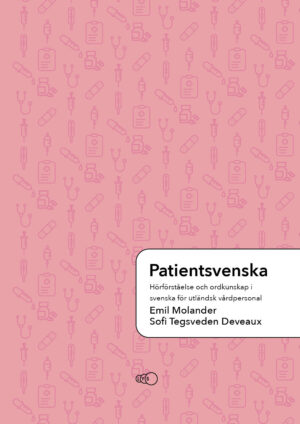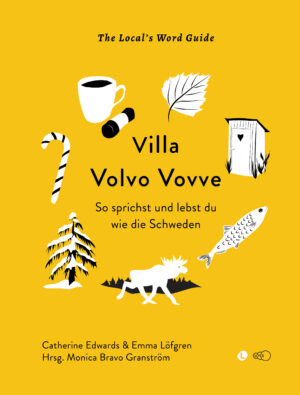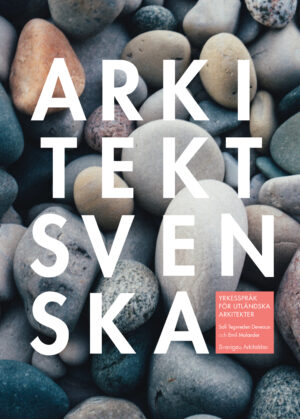What the h**l is a roundabout dog?
Every country has its traditions, and although some of them may be rooted in something historically significant, something that had consequences, something important, some traditions stem from nowhere, and are entirely whimsy. Rondellhund is such a thing. It’s a compound noun from rondell (’roundabout’, ‘traffic circle’, that is, a junction where traffic flows around a central island) and hund (‘dog’). With that, a rondellhund is a dog placed in that central island of the traffic junction. And by the way, it’s not a real dog.
The first rondellhund was spotted in Linköping in 2006. It was installed by two locals, Thomas Nordmark and Richard Leckne, as an original artwork (that was incidentally also a dog) had been vandalised. According to these artists, the dog was a manifestation against anti-social and anti-societal behaviour. For the next few weeks, several similar installations, featuring roundabout dogs made out of concrete, wood, textile and other easily accessible materials, popped up in and around Linköping (always in the middle of a roundabout), and the trend soon spread to the rest of Sweden. It became a bit of a thing to create and install a rondellhund somewhere at some point in your life. The Swedes felt inspired.
Part of the point of rondellhundar is that the artist behind is anonymous and that the installation should be visibly homemade, preferably quirky or in some way referring to current affairs or popular culture.
Controversy
In 2007, a small local history museum invited artists to submit a piece of the theme “The Dog in Art”. Swedish artist Lars Vilks (1946-2021) submitted som sketches of the Islamic Prophet as rondellhund. The day before the exhibition, the organisers withdrew Vilks’ drawings due to security concerns. This was a tiny, tiny local history museum, that was mostly dealing with questions related to handicraft and ancient agricultural methods. Vilks then submitted his pieces to another exhibition, organised by Gerleskog School of Fine Art, that also rejected the art due to security concerns. Finally, the local newspaper Nerikes Allehanda published the drawings in an editorial on freedom of speech, leading to the drawings being published by several national newspapers. The publications received attention globally, and was criticised by some members of the Islamic community, condemning such drawings as not respectful towards Islam. Vilks received several death threats (including being the centre feature of the Copenhagen attacks in 2015) and the Islamic State of Iraq placed a bounty on the head of the artist, who later had to live under police protection.
All of this because of a drawing of a rondellhund.
Some figures
The latest statistics for the number of roundabouts in Sweden is from 2010, when there were 2,780 rondeller. At that point, the it had increased with 100% in only five years, meaning the 2021 figure is probably way higher. As for the number of (real) dogs, there are around one million registered with The Swedish Board of Agriculture. Having a dog is part of The Swedish Dream, often expressed as “villa, Volvo, vovve” – a (detached) house, a car and a doggy.
Villa Volvo Vovve is also the title of our latest book, produced in collaboration with new site The Local Sweden, and based on their article series Swedish Word of the Day.
